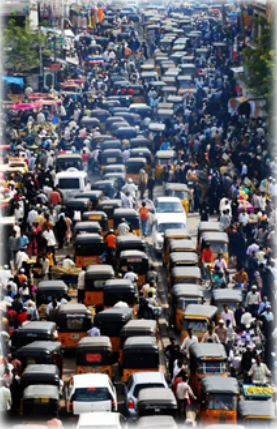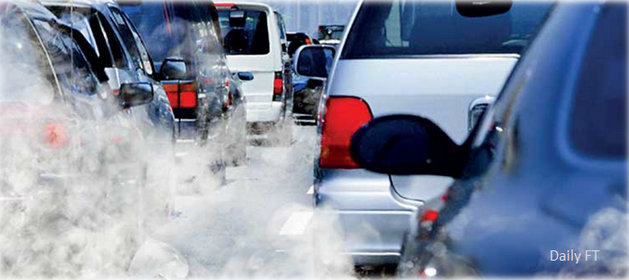
Anti-pollution measures, speed limits, parking restrictions, even the grey sky colour, and very, very alarming data. These are the consequences of the circulation of our cars in big cities. According to the European Environment Agency (EEA), more than 13% of the polluting particles in the 28 countries of European Union are produced by transport, which supposes almost 4.000 deaths per year. Only in cities, data ensure that traffic produces the 60% of emissions to the atmosphere. How long can we continue allowing this situation?
However, not all cars are so guilty of these emissions. Only 10% of the vehicles that circulate in our streets contribute 50% of the emissions, according to experts. They are what we call “high emitters” (HE). But, which are these cars? Diesel engines? The oldest ones? The worst maintained by theirs owners? Not necessarily. A high percentage of owners of highly polluting vehicles are not aware of it. Many of them have successfully passed the vehicle inspection and even 50% of these high emitters have less than two years.
How can we find out if our car is a “high emitter”?
LIFE GySTRA project, coordinated by CARTIF, purposes identifying this kind of highly polluting vehicles and monitor continuously the evolution of empiric emissions levels to quantify the savings of emission volumes. This process will be possible thanks to a new technological development, the RSD +. For the moment, the intention is to carry out tests and collect data in order to launch a new sustainable mobility policy.
The demonstration study will be carried out in Madrid (Spain) and Sofia (Bulgaria), where the intention is to control the vehicles that circulate in both cities thanks to three RSD + devices, adapted to the requirements of the EU in terms of NO2 emission control.
The public model in Madrid (Spain) is going to monitor 700,000 vehicles per year, with two RSD+ devices. The owners of the vehicles identified as HE will be notified to proceed with car reparation. With the repair of this kind of cars, it is expected to achieve emission savings of 14.8% (CO) and 22.7% (NOx, NO and NO2) of the total volume of emissions. If only the half of the total HE is repaired it would be possible to reduce CO2 emissions up to 16Mt per year.

On the other hand, the fleet model of Sofia (Bulgaria) is going to control a fleet integrated by 150 buses continuously measured. A recent study on buses concluded that identifying 6.6% of HE and repairing them their emissions were reduced by up to 84%. This monitoring program will allow higher emission savings, and fuel savings are expected to be 3-5% for the HE.
The repair of these vehicles does not only mean environmental advantages, but it will mean economic savings and the improvement of vehicle conditions.
If the project team achieves these objectives, it will greatly reduce pollution in our cities, even reaching to avoid episodes of high pollution and the restrictions, which mean headache for citizens and administrations.
The project is designing too an emission reduction policy that includes information campaigns aimed at population, some more general and others specific to the owners of the most polluting vehicles.
The project consortium is integrated by five partners, three of them technological and two from the administration. Firstly, CARTIF coordinates the proposal; OPUS RSE is the company that will develop RSD+ technology for remote contamination monitoring; and CIEMAT, the research centre that will calibrate the equipment and perform the characterization and evaluation of emissions. On the other hand, the Spanish Traffic General Direction and the City Council of Sofia (Bulgaria) will lend their support for the demonstration study in the cities of Madrid and Sofia, respectively.
- (Bio)hydrogen: a sustainable energy source for the future - 26 July 2024
- Biomethane and biohydrogen: the future of energy is here - 22 March 2021
- Does my car pollute? - 23 February 2018
